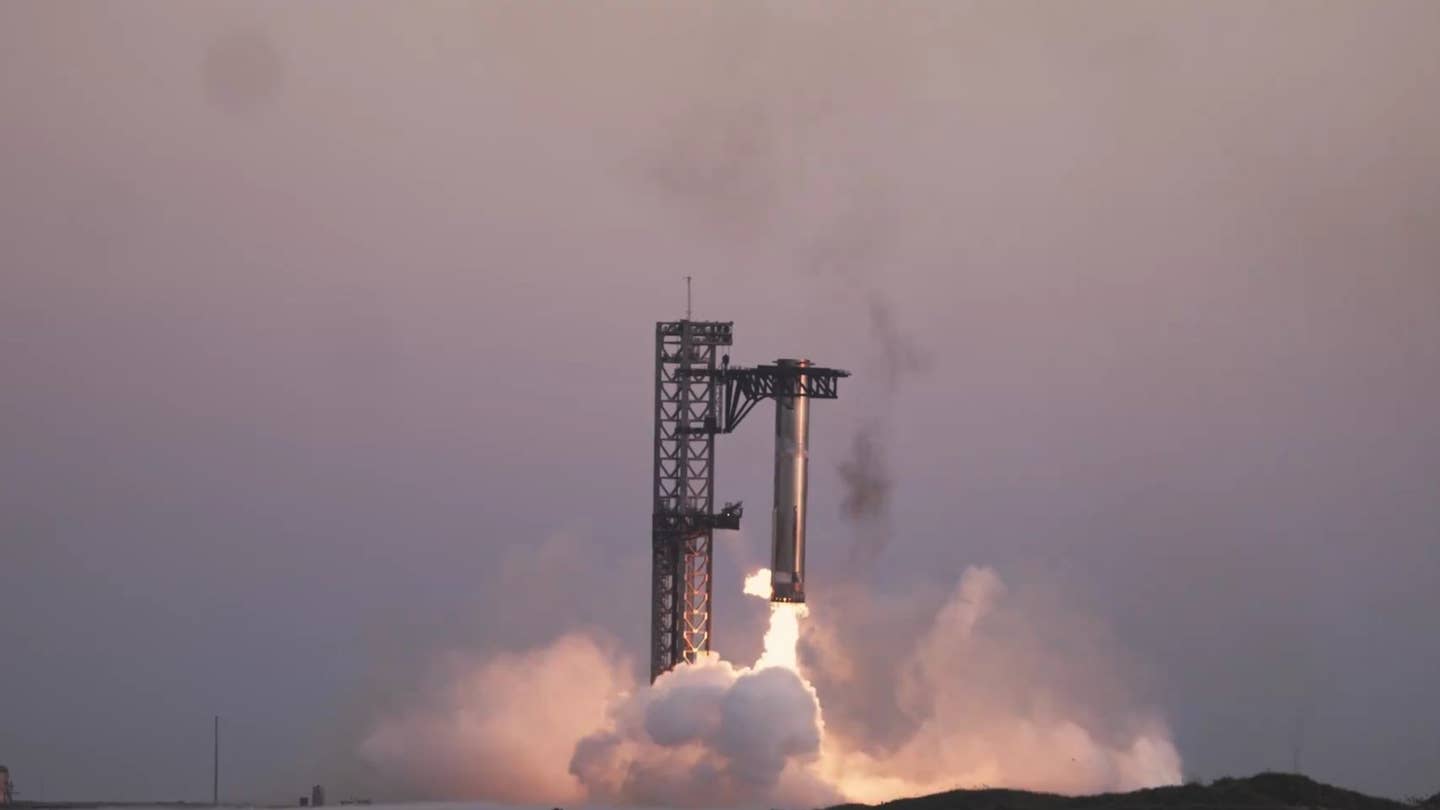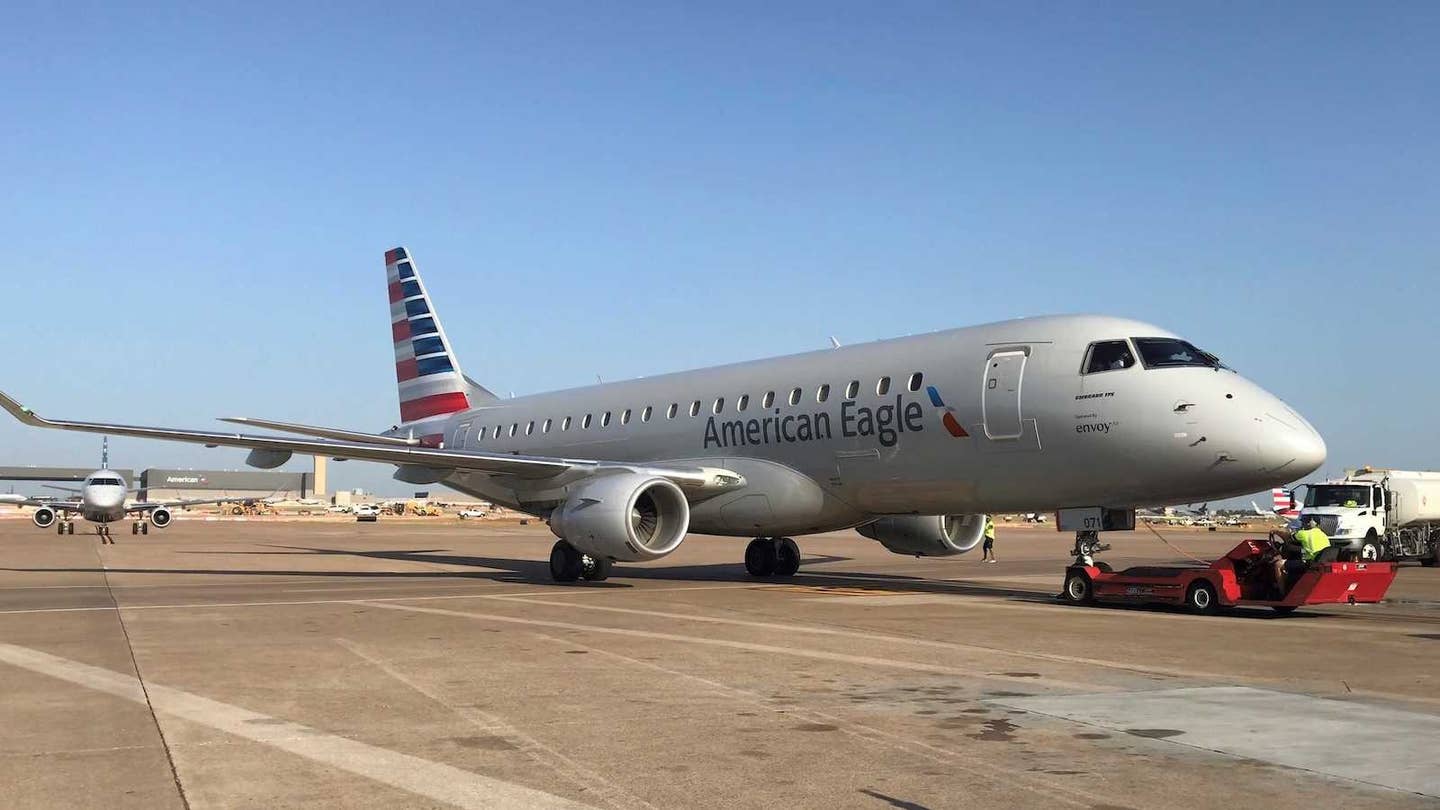
** Chip Yates and his electric LongEZ**
Chip Yates, the pilot who last summer broke the world speed record for flight in an electric airplane while flying his specially modified LongEZ, aims to become this century’s Charles Lindbergh by crossing the Atlantic solo on battery power alone.
For the 3,500-mile nonstop journey, Yates will need to overcome the greatest obstacle to electric-powered flight — a battery-powered airplane’s extremely limited range. What’s more, Yates plans to fly the trip in a specially designed electric airplane capable of flying at an average speed faster than 100 mph.
To achieve his goal, he’ll need some help. That’s where unmanned aerial vehicle “refuelers” come in. The UAVs, according to Yates’ plan, will provide additional electricity during the flight by joining up with him at predetermined locations along his route to transfer power to his airplane’s battery packs.
We wrote about Yates' record-setting flight last year, when he hit 202.6 mph in his all-electric LongEZ before the battery died and he was forced to make a dead-stick landing back at Inyokern Airport in California. But that flight was nothing compared with what Yates hopes to accomplish next year with his nonstop solo Atlantic crossing in a new airplane to be purpose-built for the attempt.
Yates' Flight of the Century team has developed a solution "to replace and/or recharge electric battery packs while an electric aircraft is in flight by a patent-pending mid-air 'refueling' technique of dropping and swapping battery packs from a moving airplane," according to his website. "Our technology eliminates 'range anxiety' by immediately enabling extended range all the way up to unlimited-range electric-powered flights using today's commercial off-the-shelf batteries."
Eventually Yates thinks it may be possible to develop electric airplanes with “infinite” range by creating a network of all-electric passenger transports and supporting UAVs that would periodically jettison used batteries over predetermined locations and install fresh ones mid-flight. The used batteries, after parachuting back to Earth, would be retrieved and recharged for use on future flights.
If it all sounds like a fanciful pipedream, remember, people thought Charles Lindbergh was crazy for attempting to cross the Atlantic in 1927 on a 33.5-hour flight that took him through thick fog, icing and storms. When Lindbergh safely reached Paris he was welcomed as a hero. To capitalize on the elation the event caused, a new magazine was launched weeks after: Popular Aviation, the publication that in 1942 would be renamed Flying.
Who knows, if Yates’ transatlantic crossing is a success, maybe it will spawn a new magazine devoted to electric flying.
In the meantime, check out the video of Yates’ nail-biting world-record flight in his electric LongEZ.
We welcome your comments on flyingmag.com. In order to maintain a respectful environment, we ask that all comments be on-topic, respectful and spam-free. All comments made here are public and may be republished by Flying.

Sign-up for newsletters & special offers!
Get the latest FLYING stories & special offers delivered directly to your inbox






